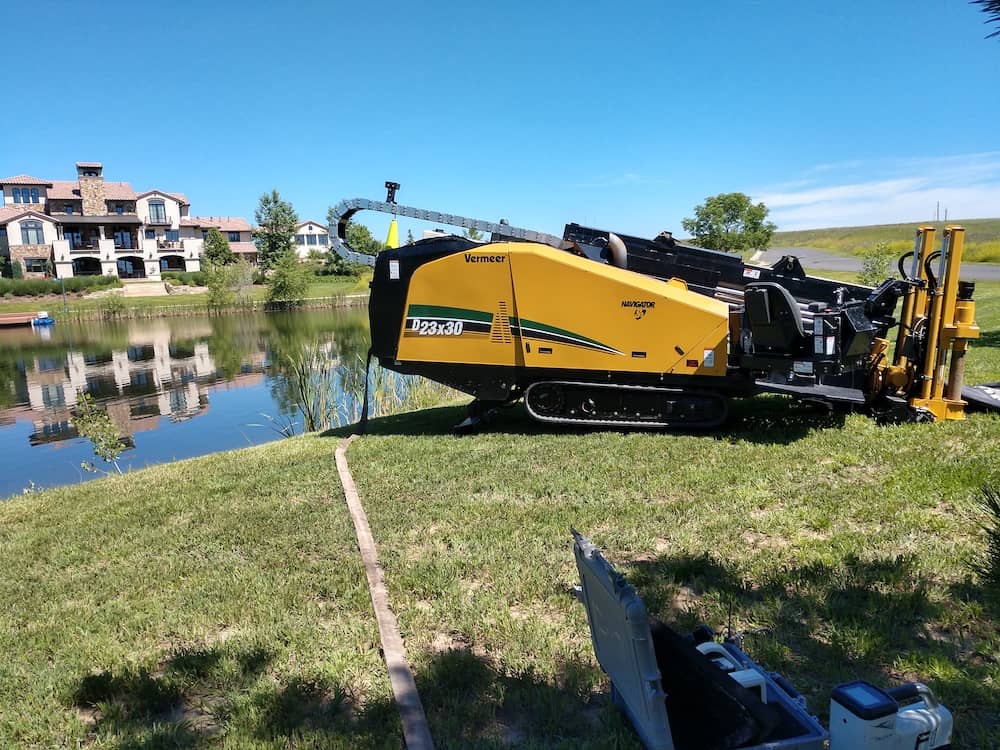Diving into the vast Abyss: Your Introduction to Targeted Drilling

In an era where infrastructure development and environmental considerations often intersect, directional drilling stands out as a revolutionary solution. This advanced technique has transformed the way we approach subsurface excavation, enabling greater accuracy, efficiency, and little disruption to the surface environment. As we explore this intriguing field, we'll uncover the fundamentals of directional drilling, exploring its background, technology, and multiple applications across industries.
Directional drilling is more than a method used in oil and gas exploration; its benefits also include utility installation, renewable energy projects, and urban infrastructure development. This article will take you through the essentials of directional drilling, clarify its key differences from traditional drilling methods, and highlight the innovations that are transforming its future. By the end, you will gain a more comprehensive understanding of how directional drilling is revolutionizing the approach to modern construction and how it plays a crucial role in our rapidly changing world.
Grasping Directional Boring

Directional boring is a contemporary technique that enables drillers to construct wells at various angles rather than just vertically. This method is essential for obtaining resources that are situated beneath complex geological formations or in city areas where room is limited. By managing the borehole, directional drilling offers adaptability in discovering oil, gas, and other resources while lessening surface disruption and ecological impact.
The process of directional drilling involves the use of specific equipment, including drill bits and mud pumps, which enable the drill to adjust angle and direction as needed. This ability not only enhances resource extraction but also reduces the number of drilling sites required, making it a more eco-friendly option. With advancements in technology, drillers can now achieve highly accurate paths, ensuring that wells are placed exactly where they are needed.
In addition to this to oil and gas applications, directional drilling is more and more being used in service placements and sustainable energy projects. The capability to drill lateral beneath hindrances like rivers or city infrastructure is important for boosting efficiency and safety in many industries. As the demand for advanced drilling solutions grows, understanding the principles and applications of directional drilling becomes more and more important for both industry professionals and curious newcomers.
Advantages of Directional Drilling
Directional drilling offers a variety of advantages that make it a favored choice in different industries. One of the primary reasons is its ability to reduce surface disturbance. By enabling drilling at an inclination rather than vertically, it allows for the setup of pipelines and services without extensive earth moving. This is especially vital in metropolitan areas where space is scarce, and the impact on the surrounding environment needs to be minimized. As a consequence, projects can be executed more efficiently and with fewer issues for local communities.
Moreover, substantial advantage of directional drilling is the capability for duration and cost savings. Traditional drilling techniques often need longer setup durations and more manual processes. In opposition, inclined drilling can streamline operations by cutting down the number of drilling sites needed and speeding up project schedules. This efficiency translates into reduced labor and supplies costs, making it an cost-effective option for many applications, including oil and gas extraction, utility deployment, and infrastructure improvement.
Additionally, directional drilling is increasingly recognized for its sustainability benefits. have a peek here but also limits the ecological footprint of drilling activities. By allowing for targeted drilling in sensitive areas, companies can avoid interrupting natural habitats and lessen waste generation. As eco-friendliness becomes a more pressing concern, the ecological advantages of inclined drilling make it an necessary tool in creating sustainable infrastructure solutions.
Upcoming Developments in Drilling Direction
As technology advances, the prospects of directional drilling looks promising with exciting innovations on the horizon. The integration of artificial intelligence and ML is set to revolutionize drilling operations by facilitating more accurate data evaluation and decision-making in real time. These technologies can help optimize drill paths, forecast potential problems, and boost safety measures, eventually increasing overall effectiveness in drilling projects.
Moreover, the movement towards eco-friendly practices is influencing the advancement of directional drilling techniques. Environmentally friendly drilling fluids and reduced noise solutions are becoming popular, aligning with sustainability targets while still meeting industry demands. The increased focus on reducing ecological footprints will likely spur further advancements aimed at making directional drilling even more aligned with regulatory standards and sustainable practices.
In conclusion, the role of digital technologies, such as advanced software platforms and sensor technologies, cannot be ignored. These digital tools will enable better monitoring and management of drilling progress, enabling operators to respond promptly to any challenges that occur. As the industry adopts more digital methods, directional drilling will become more precise and effective, opening doors to new uses in city environments and difficult terrains.
